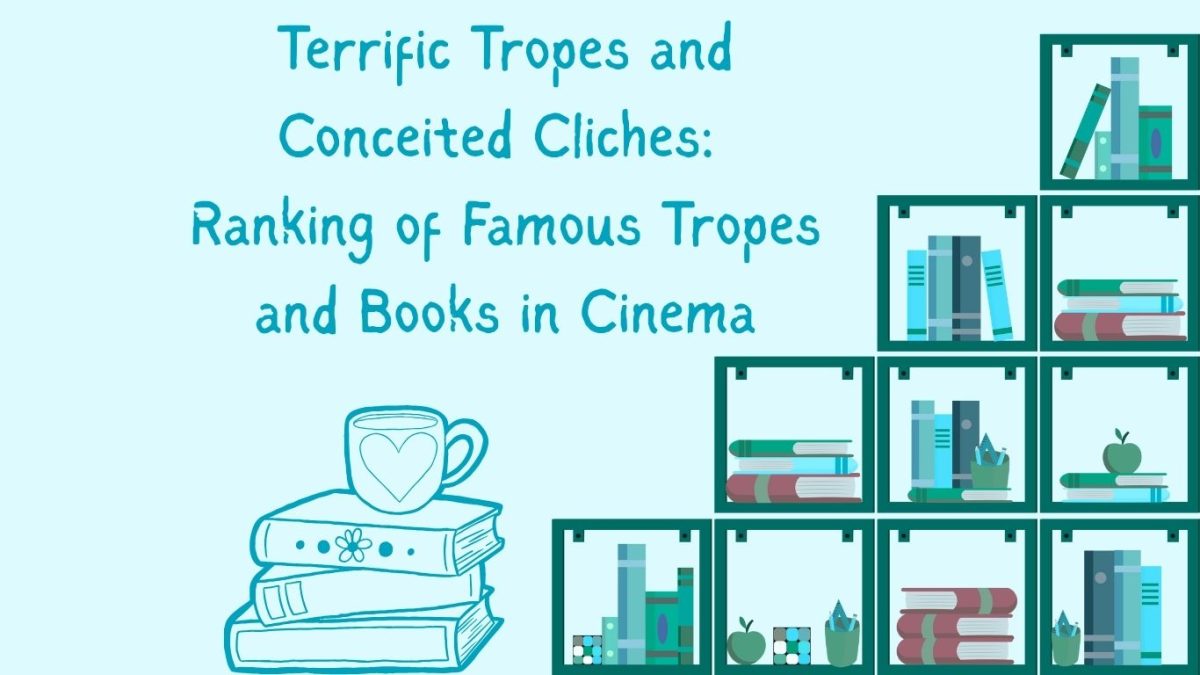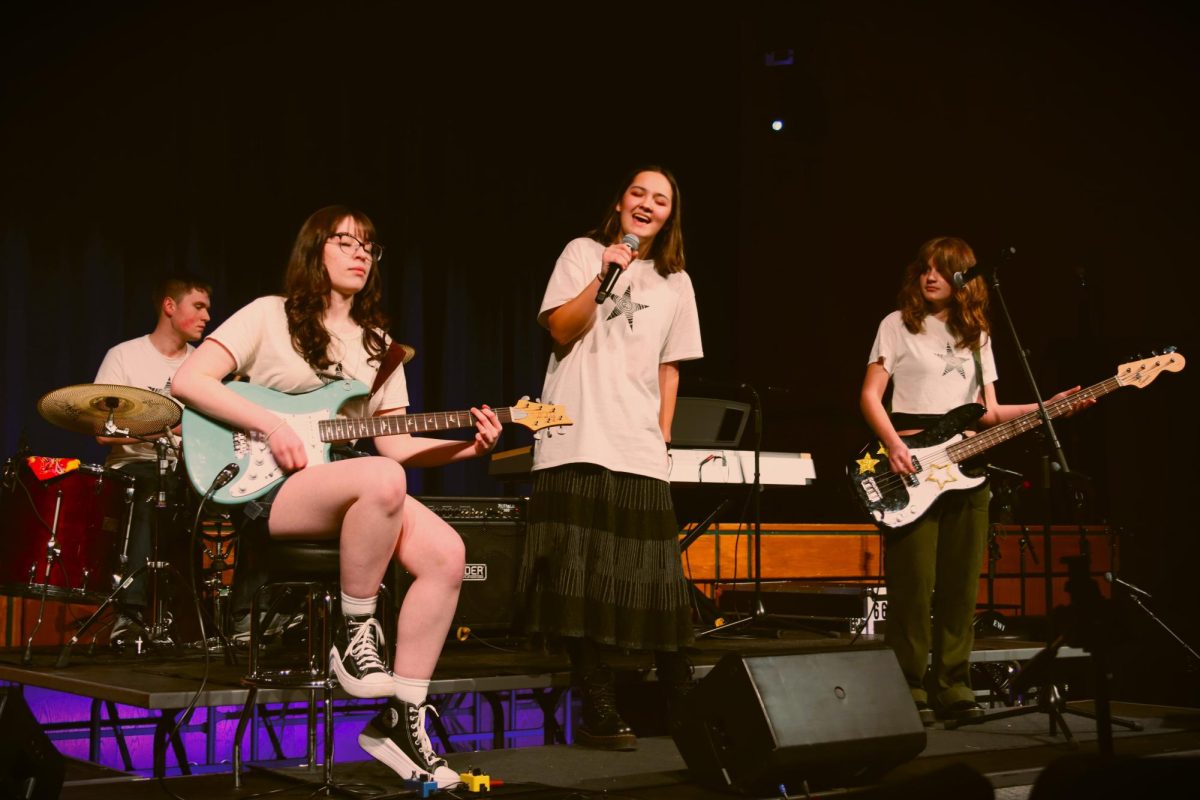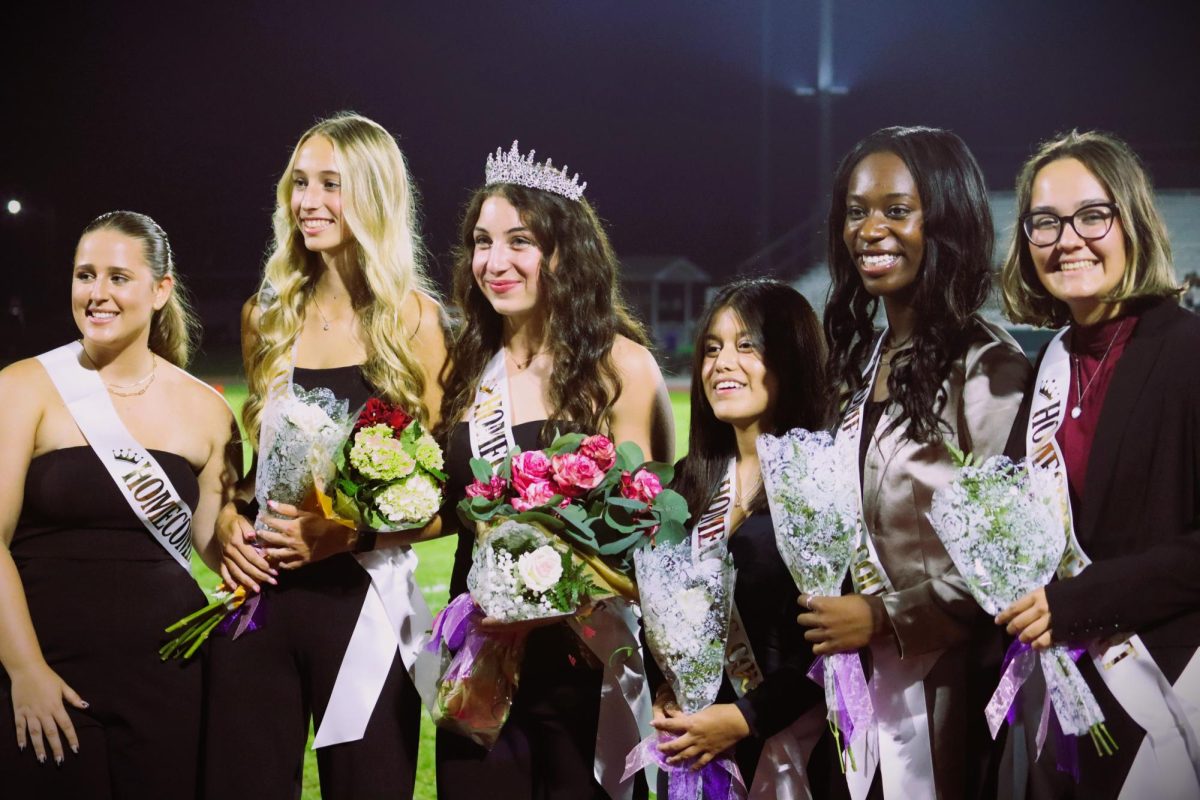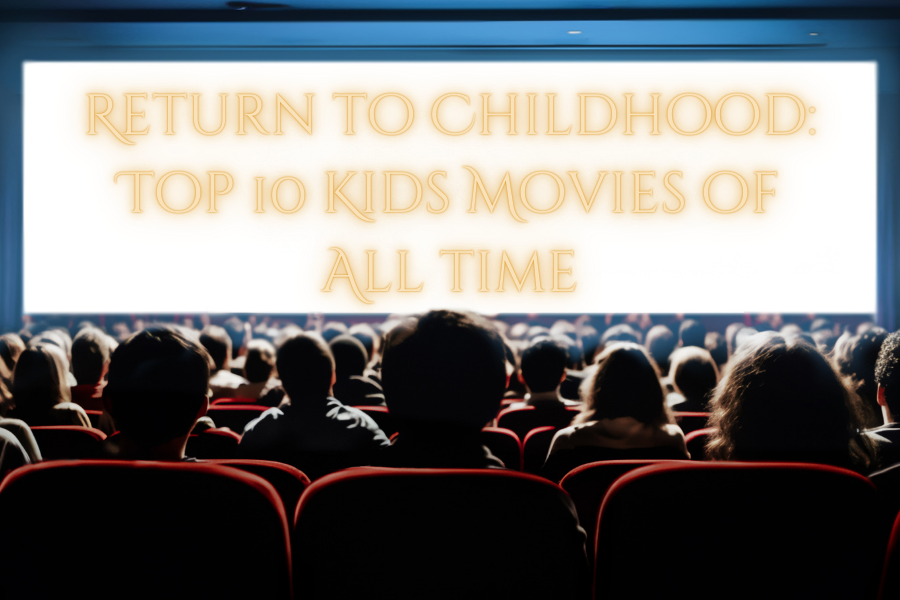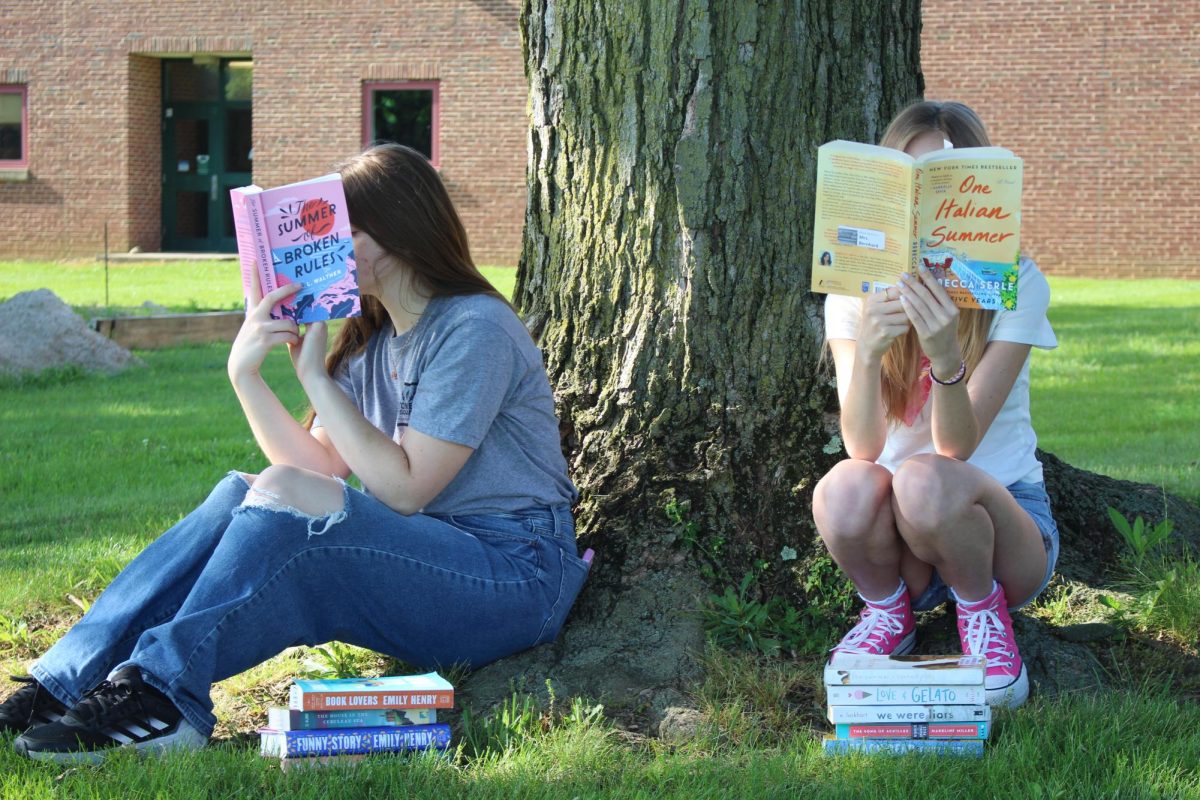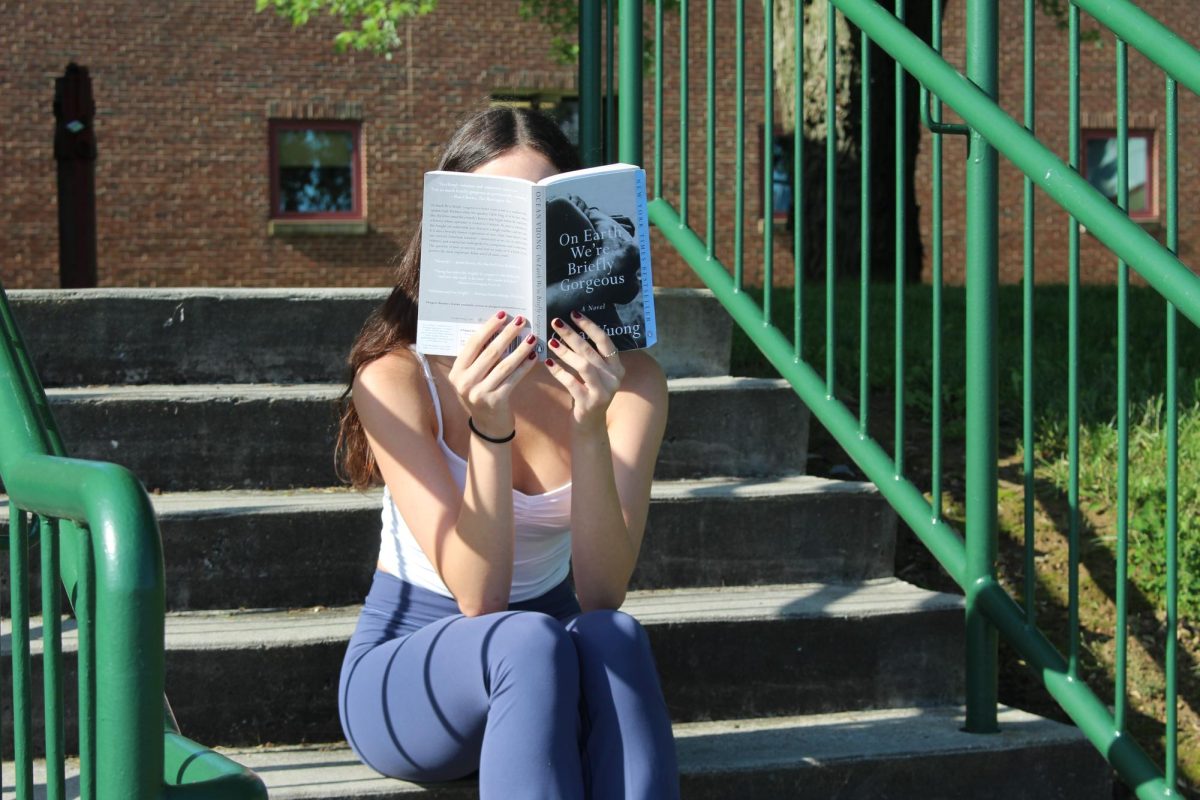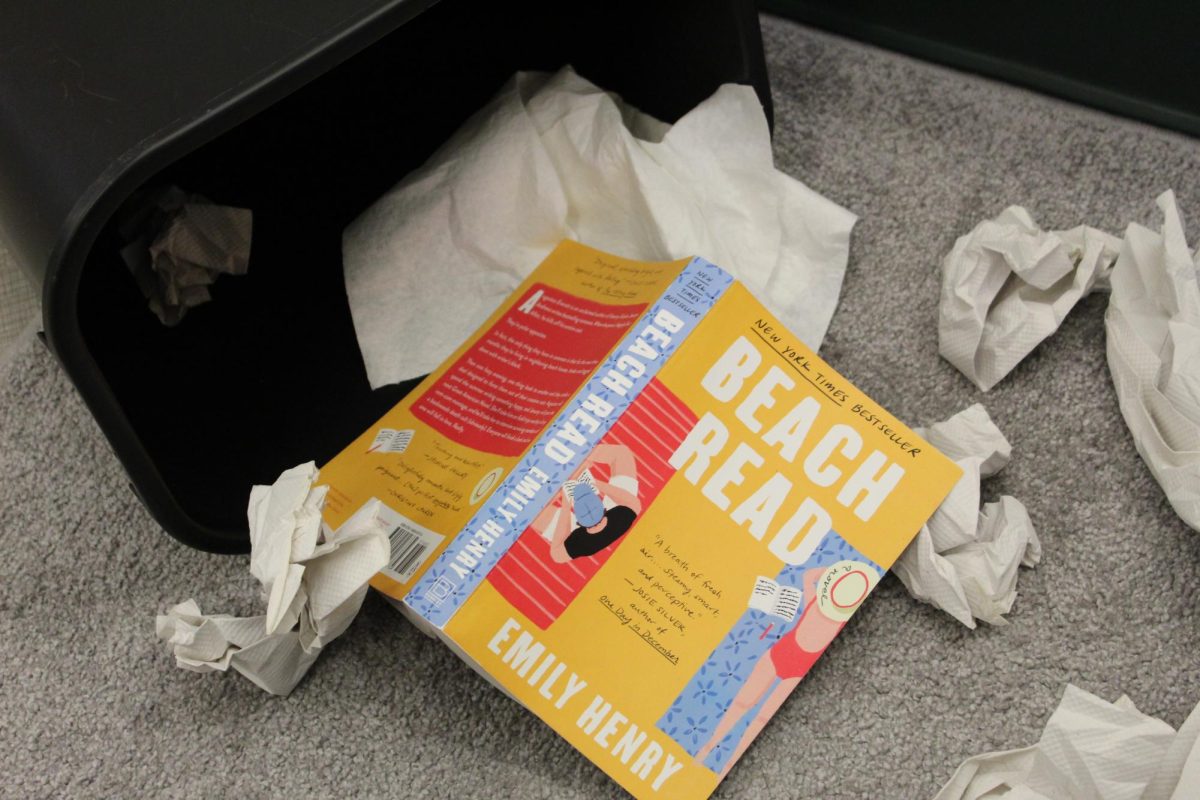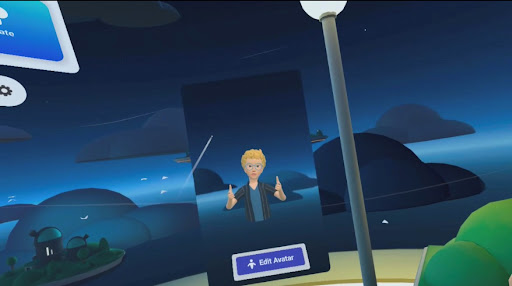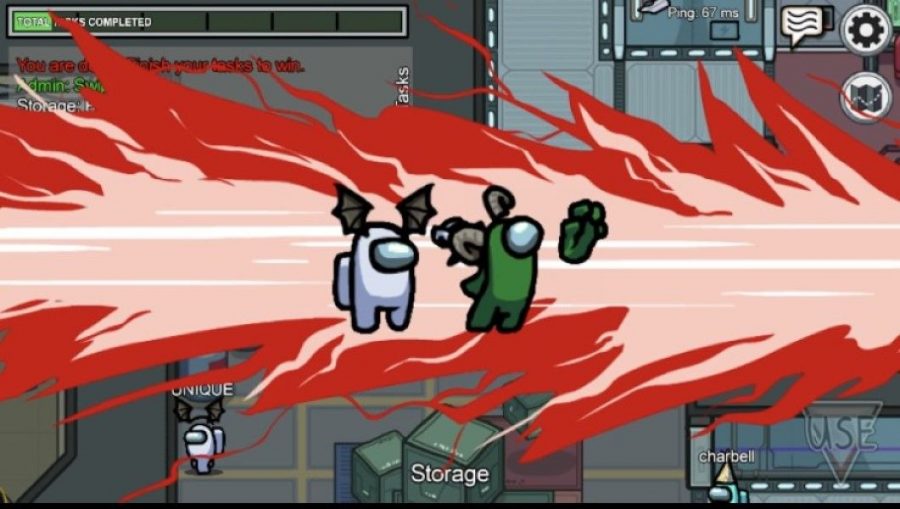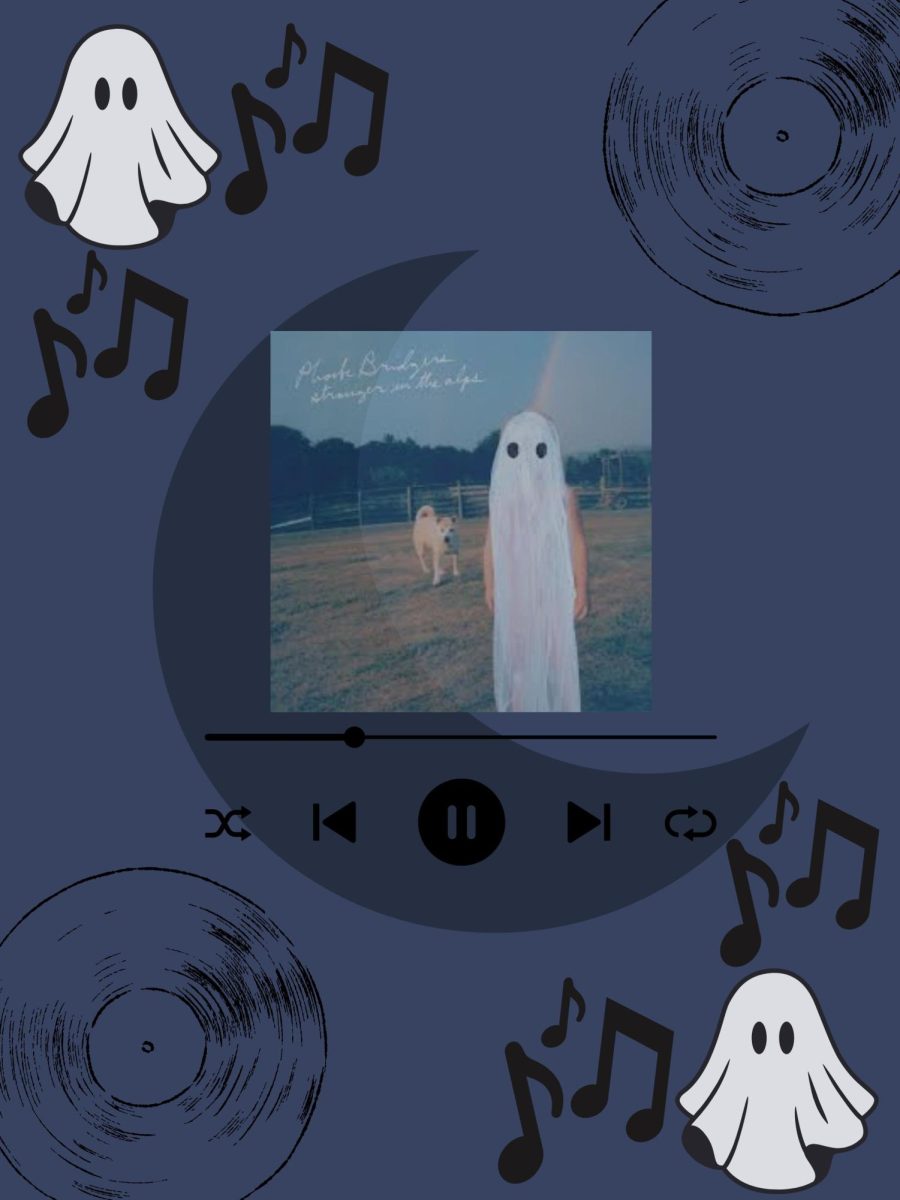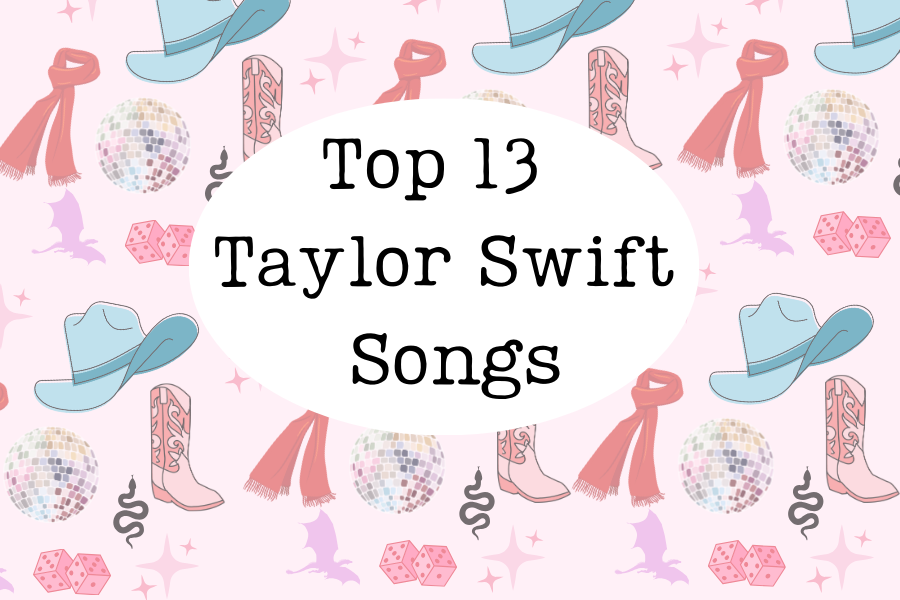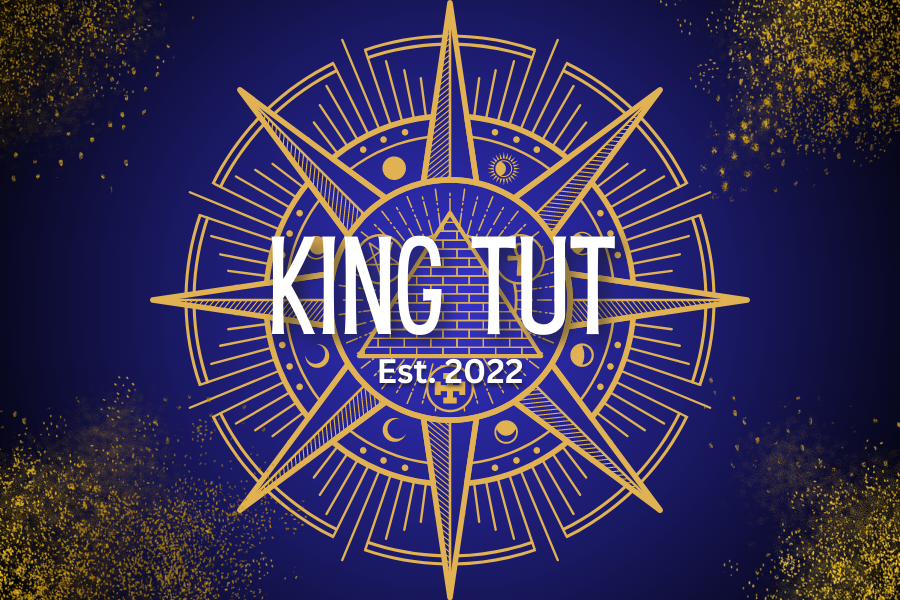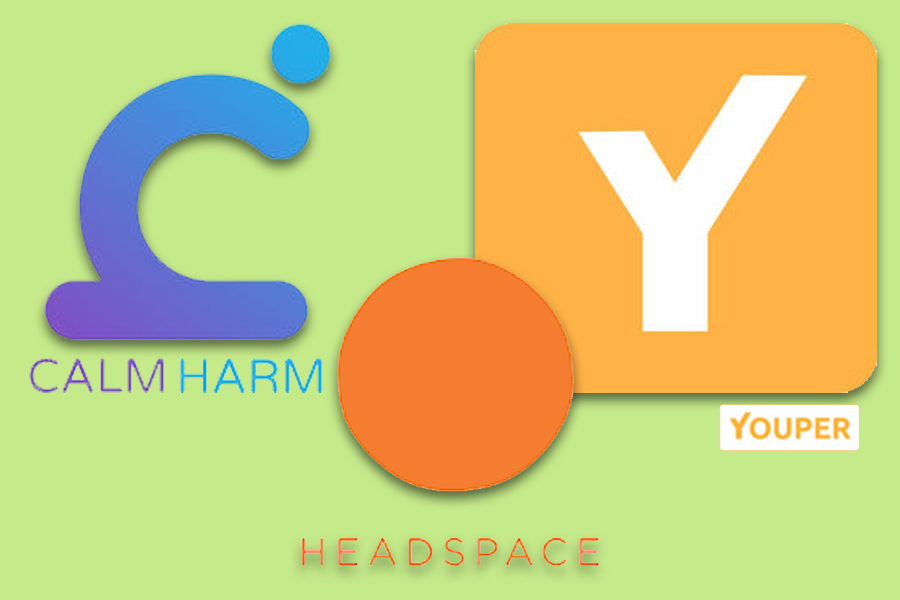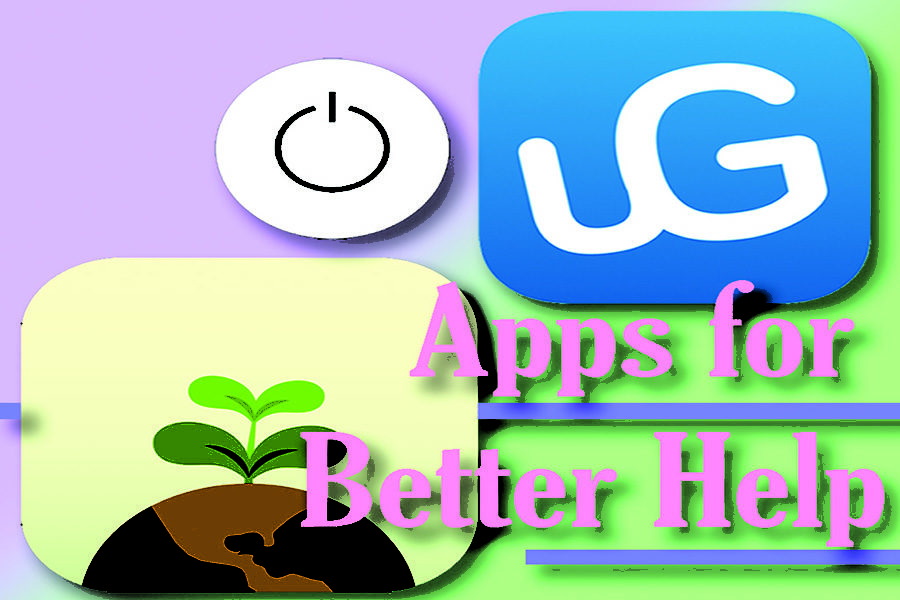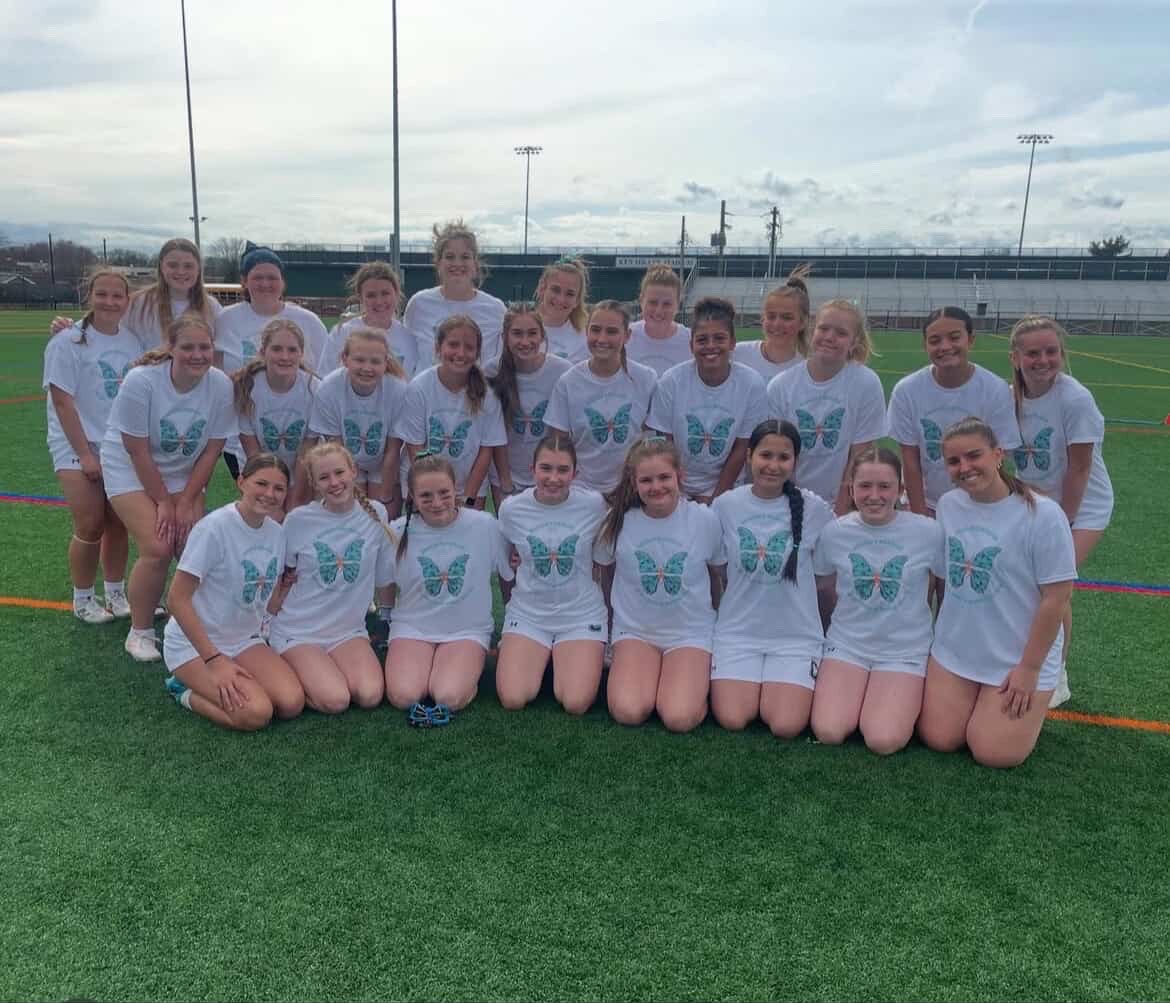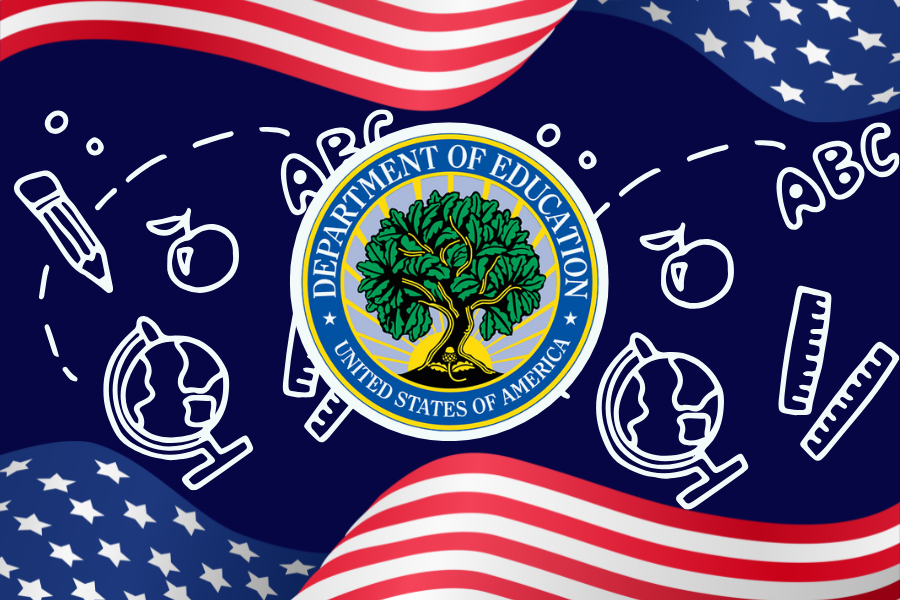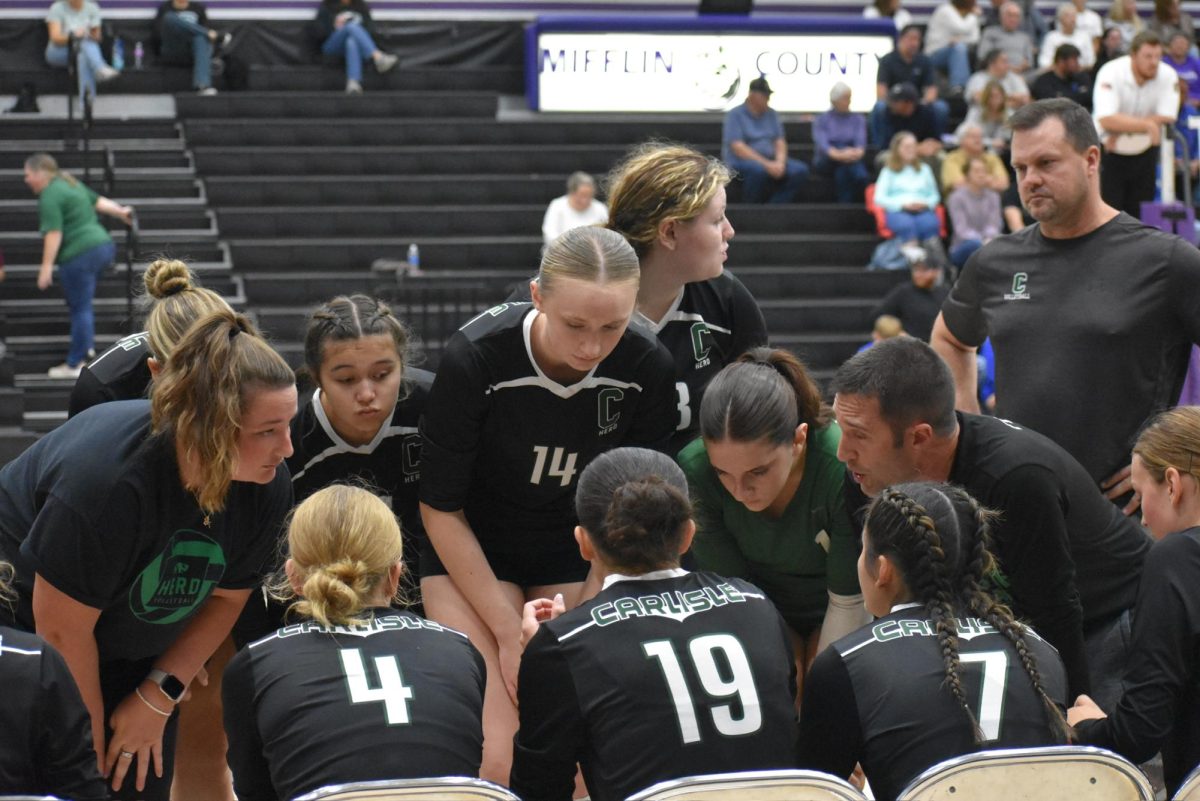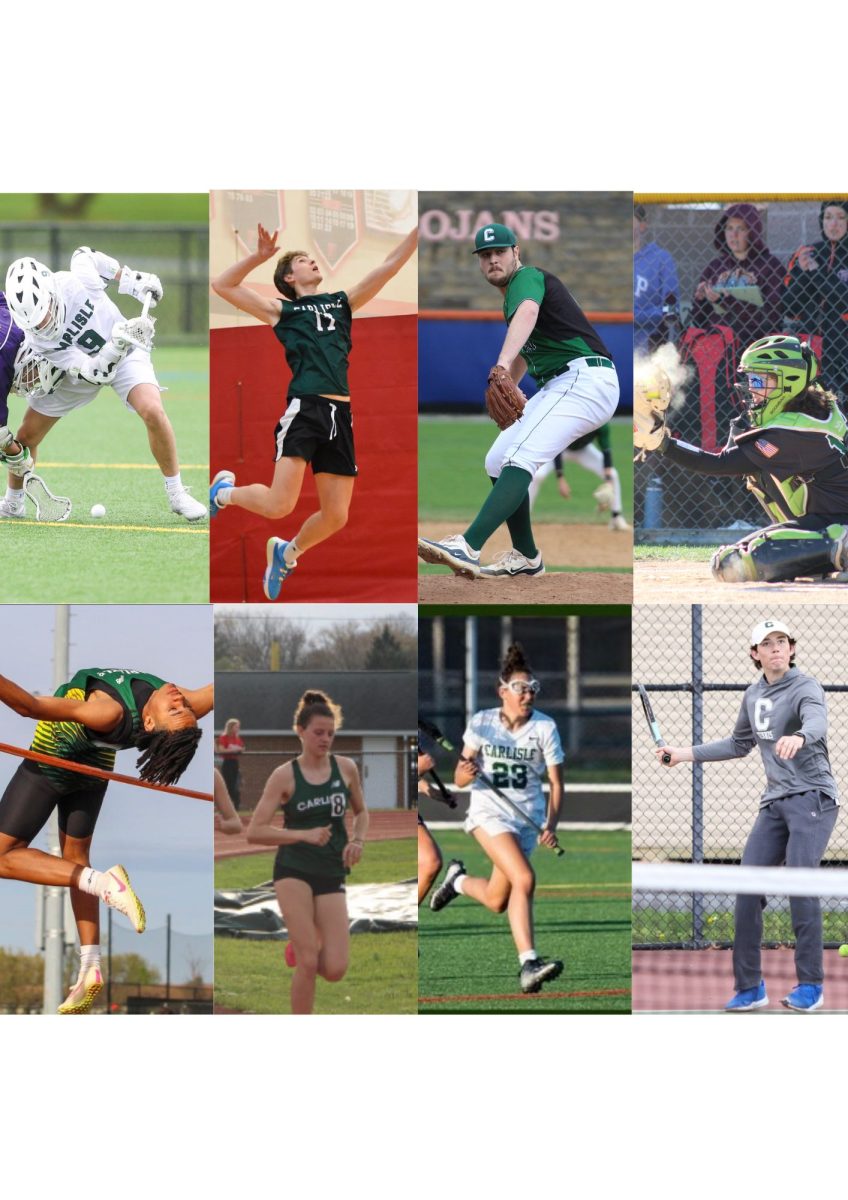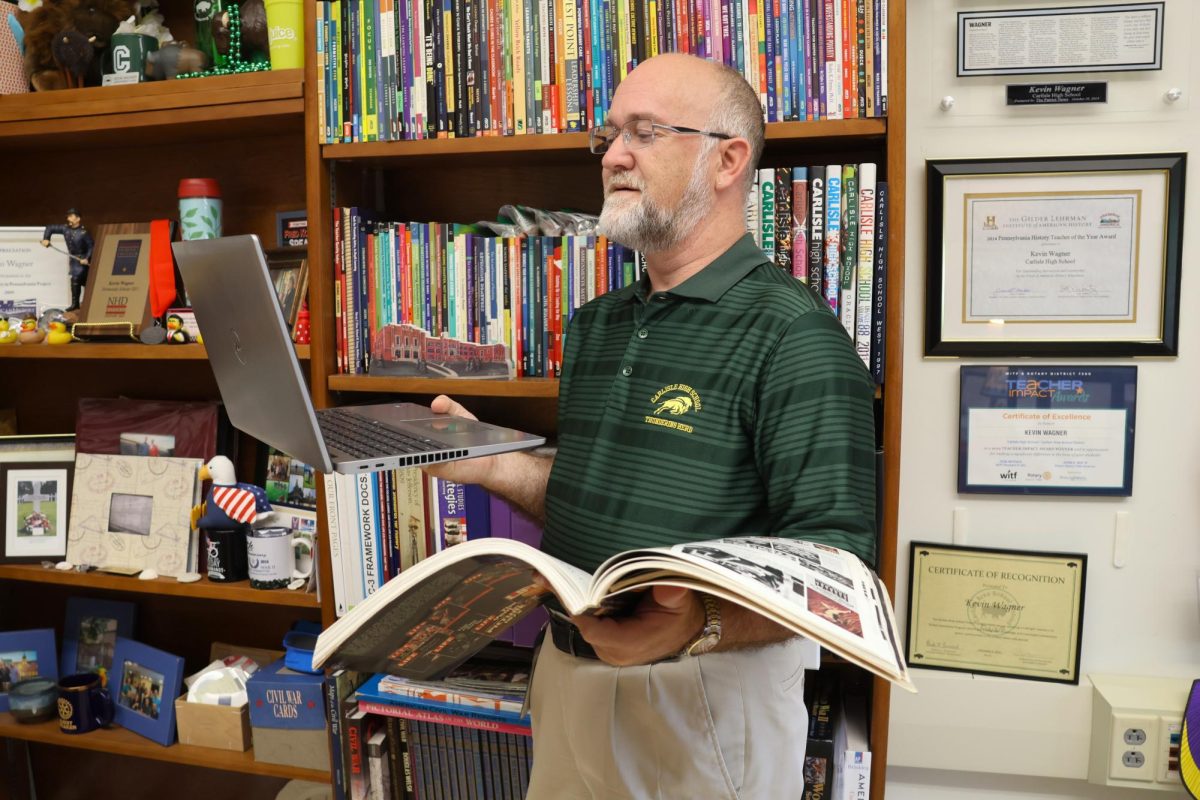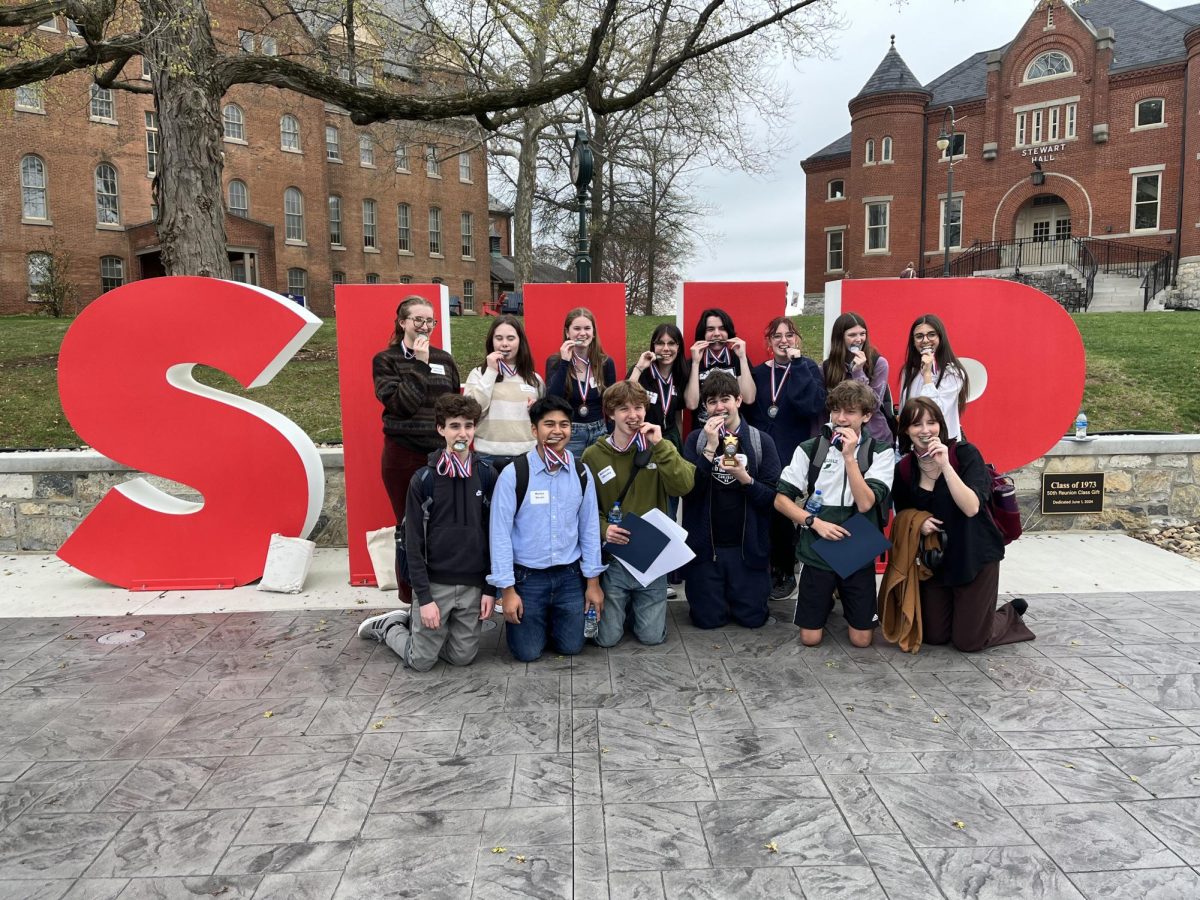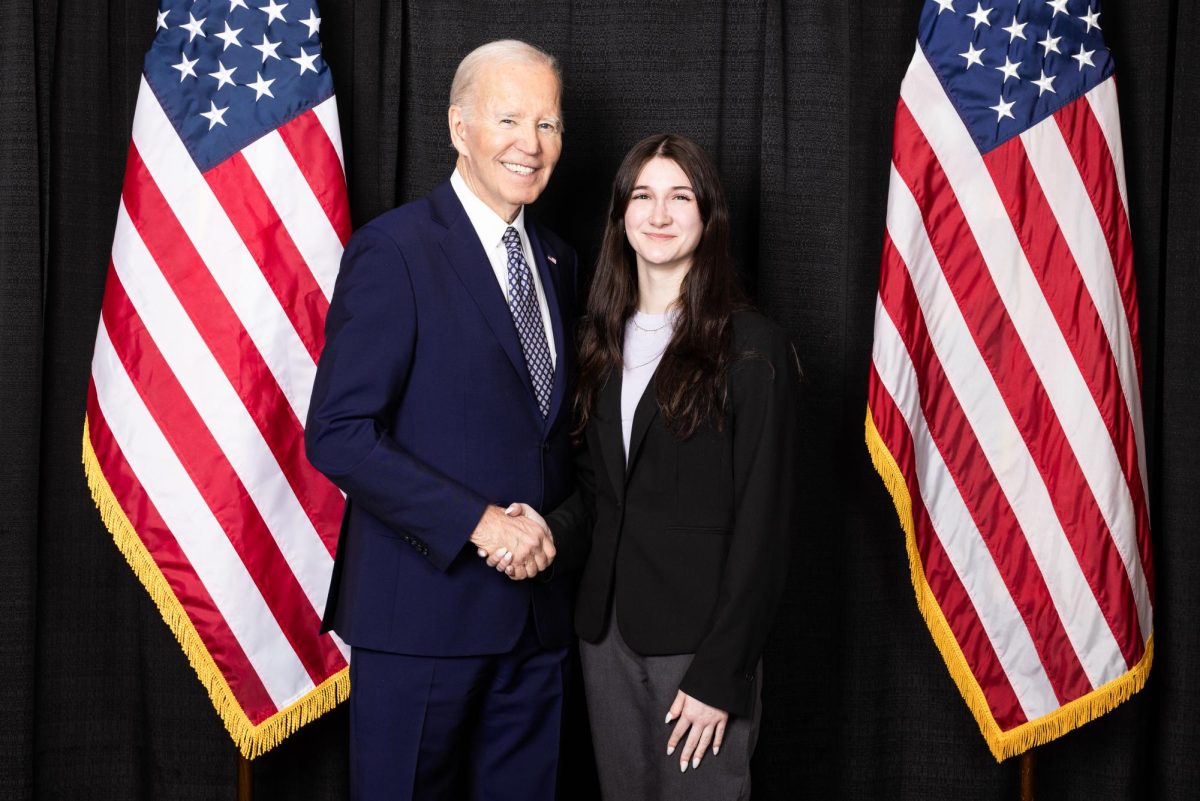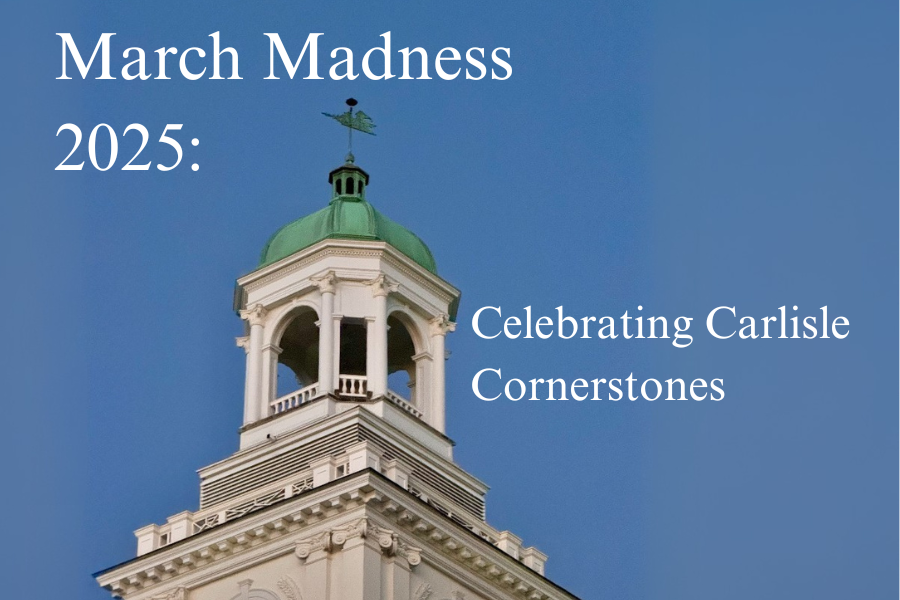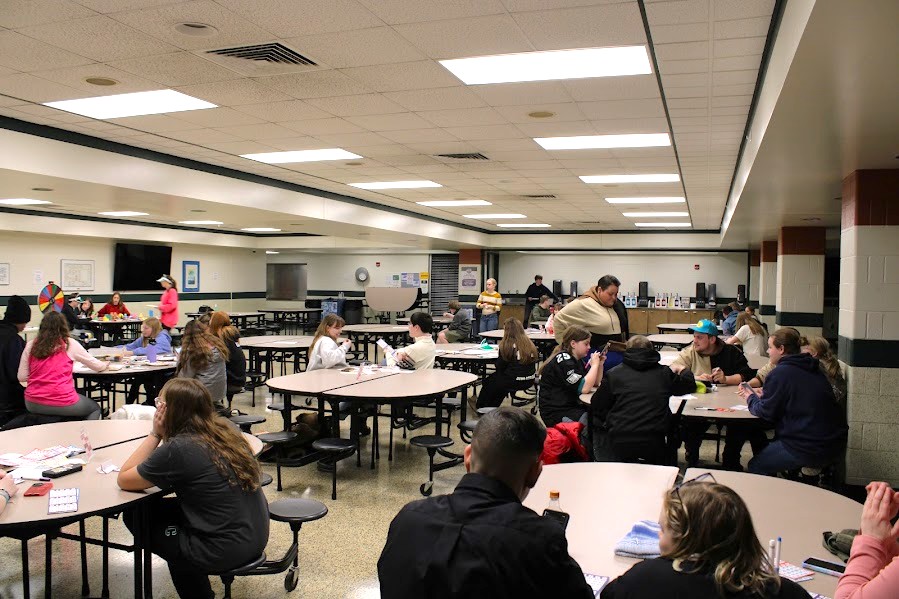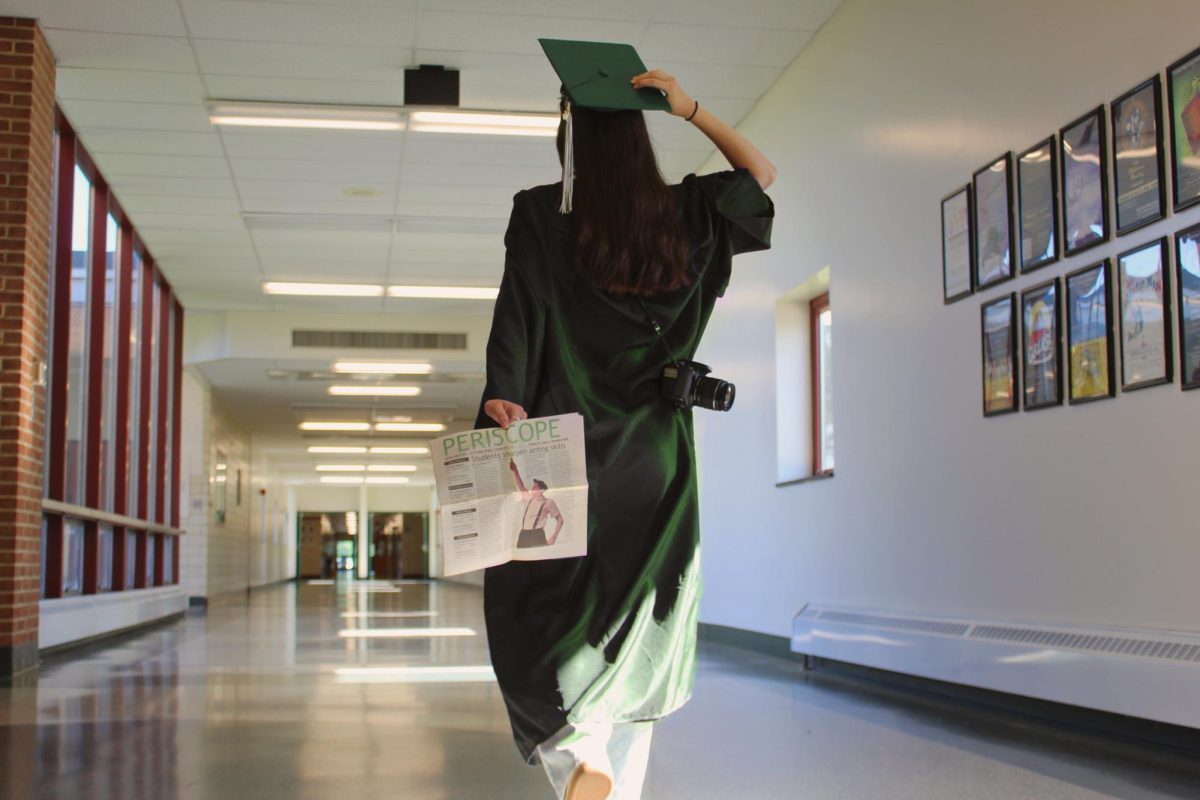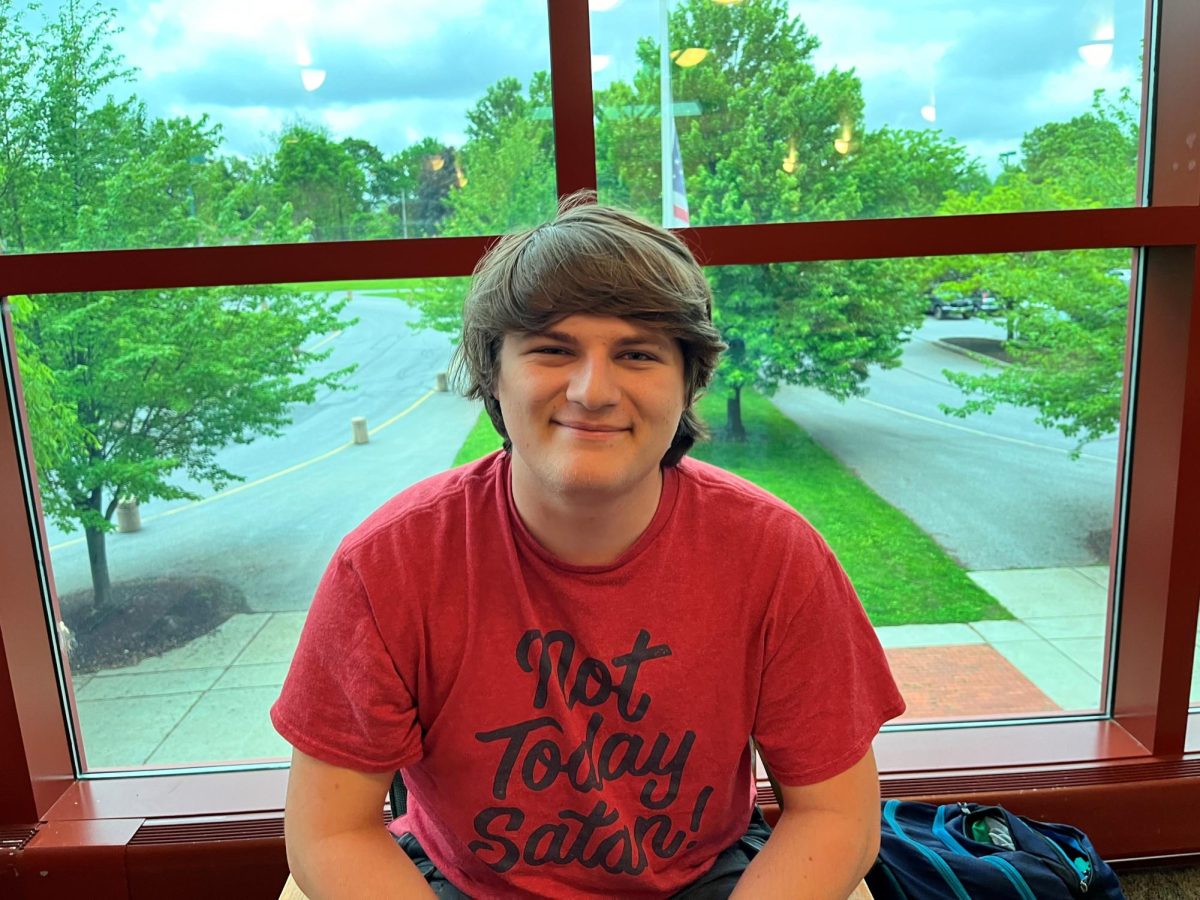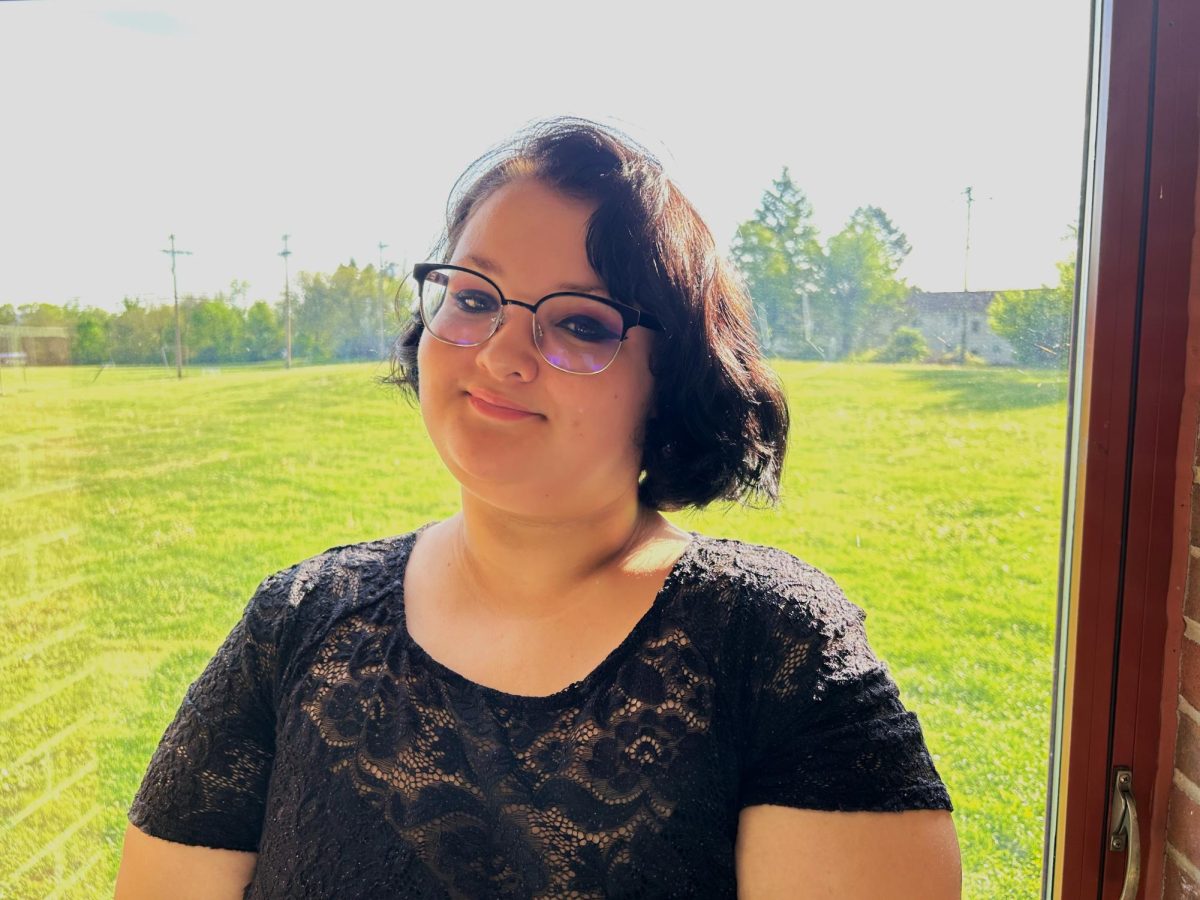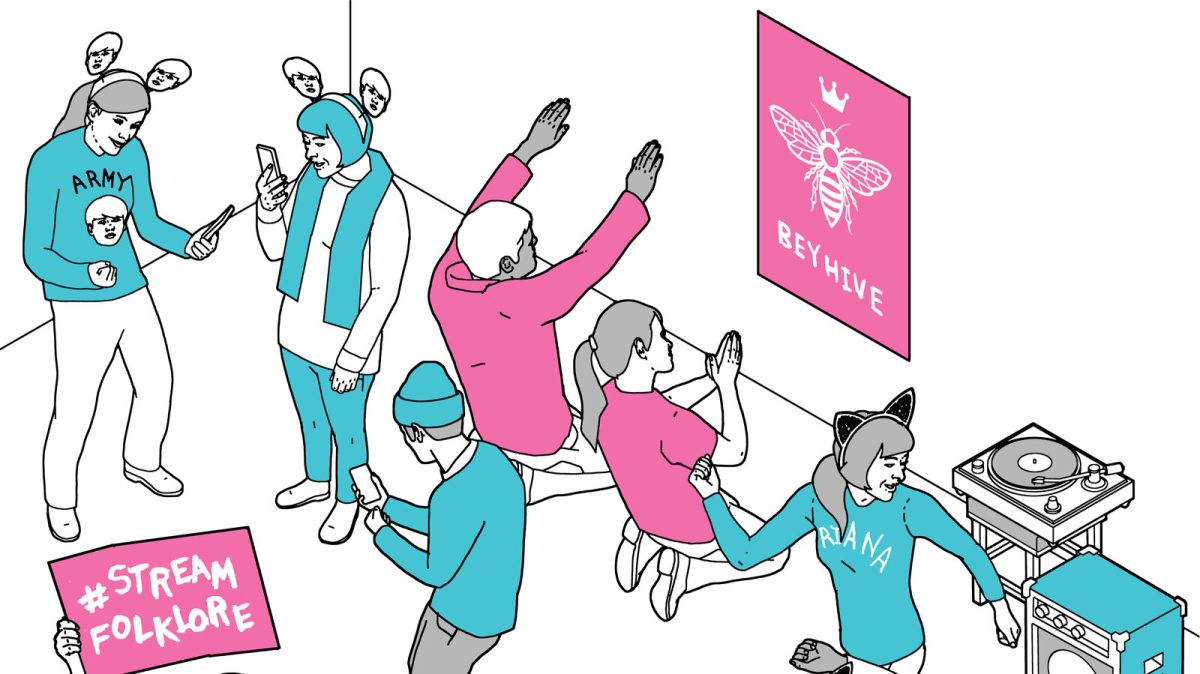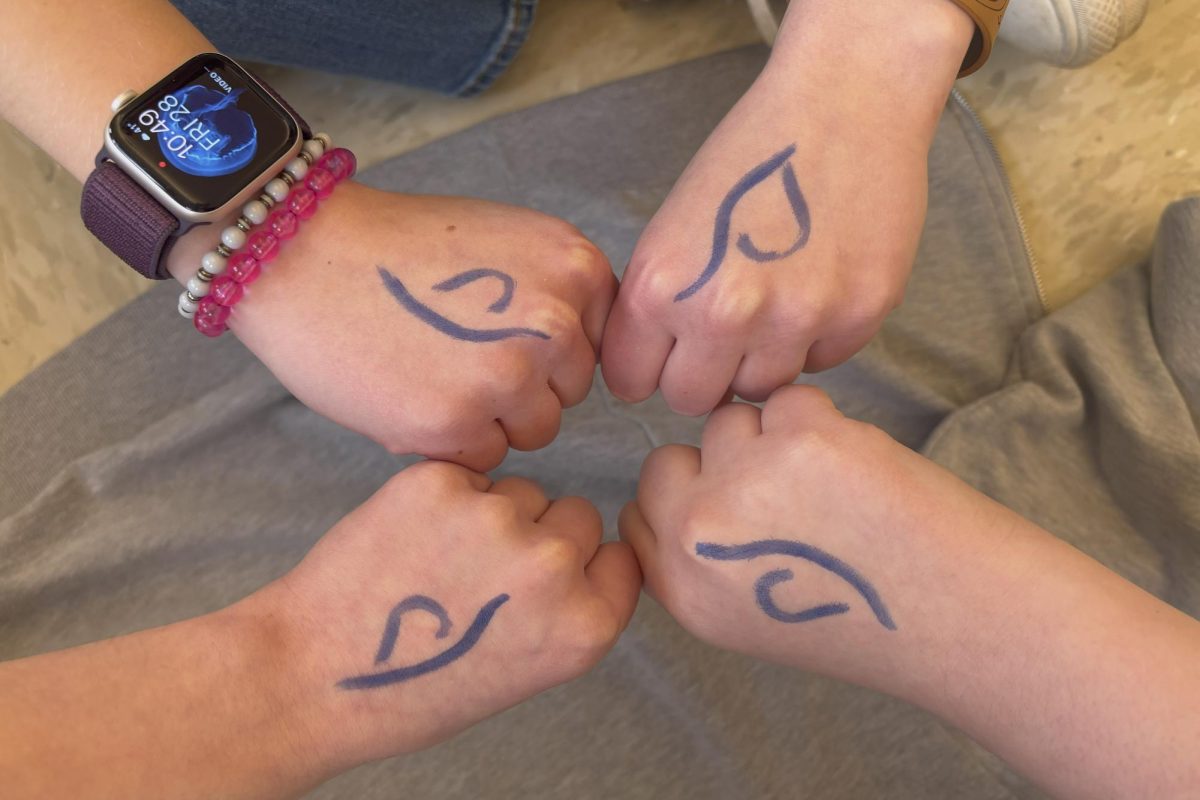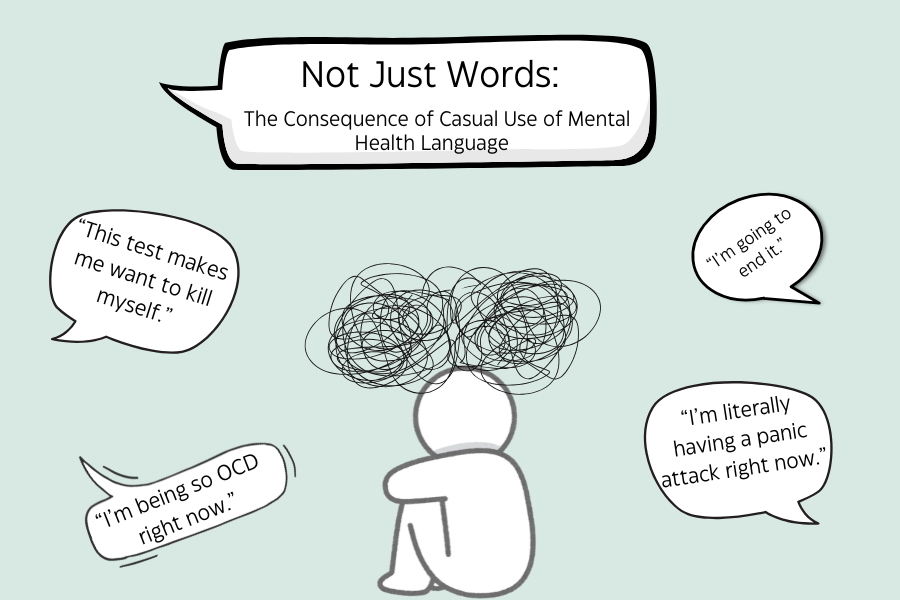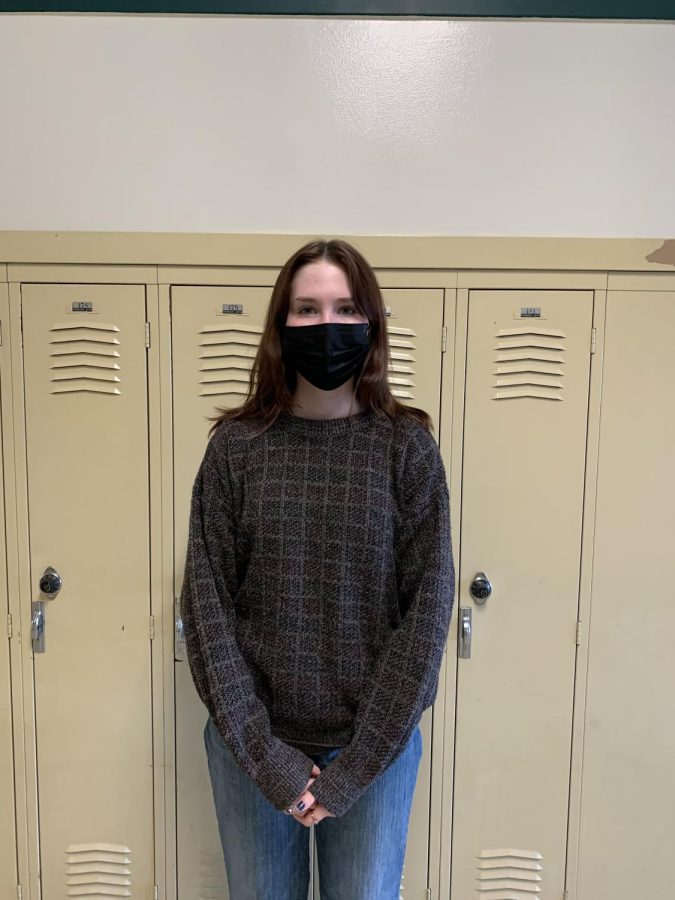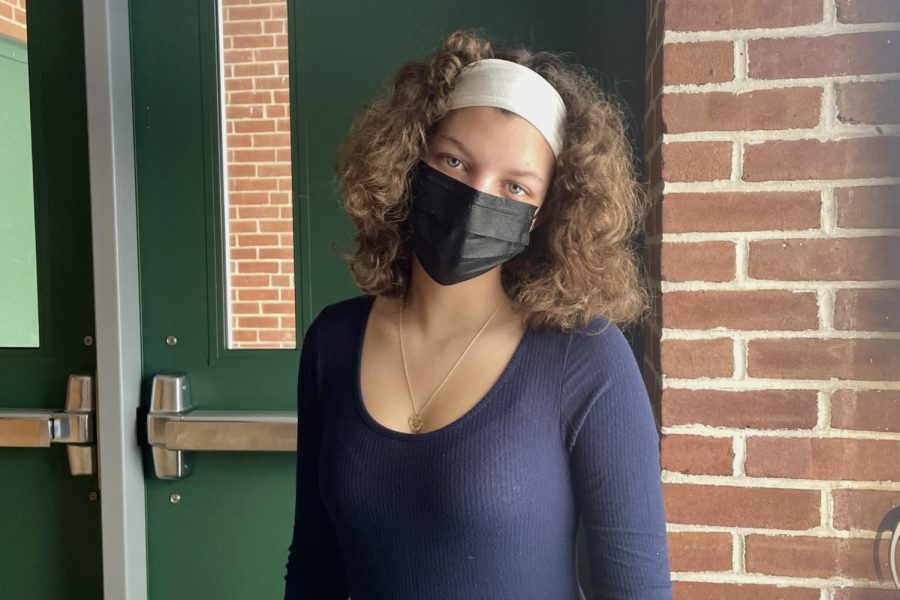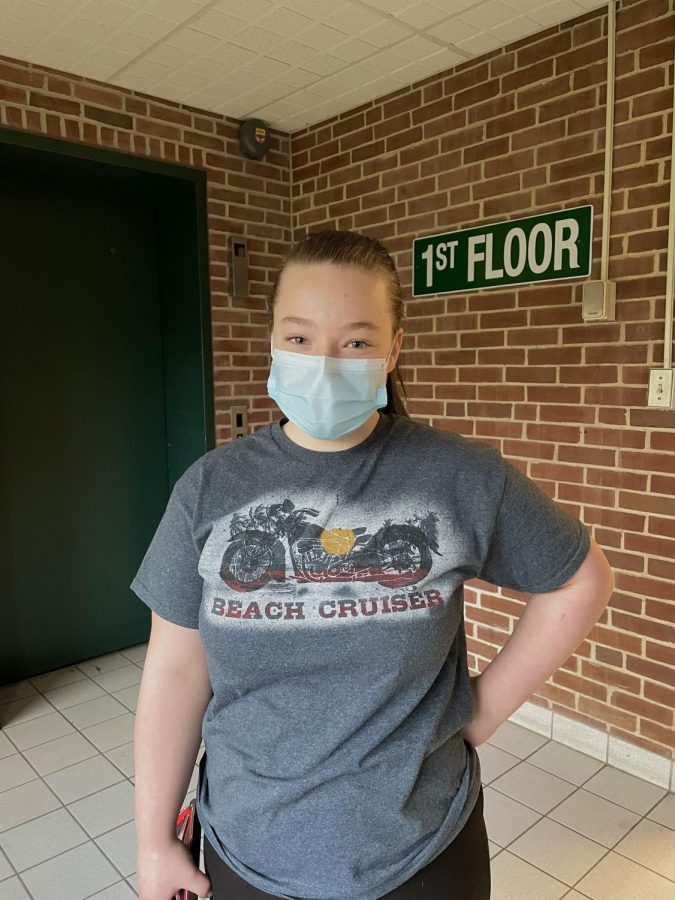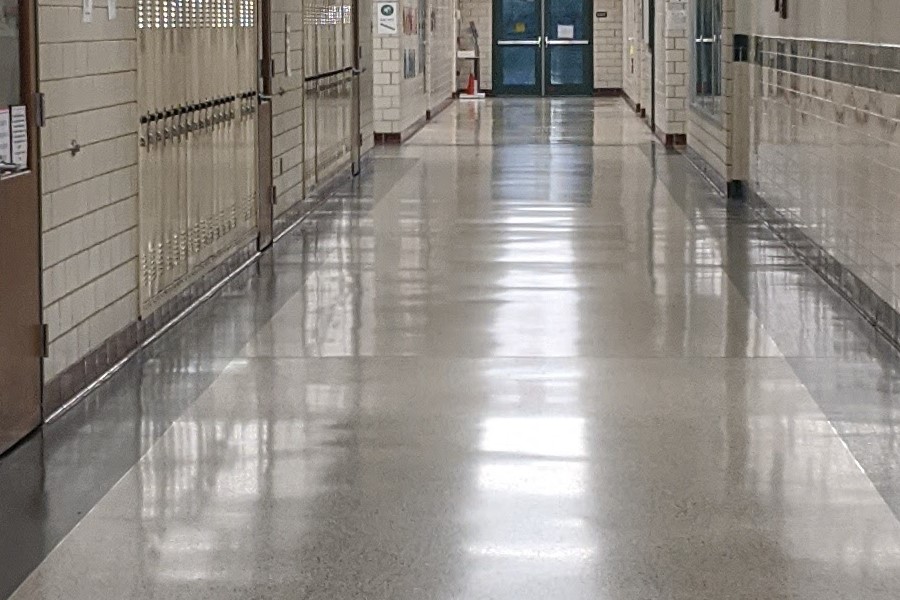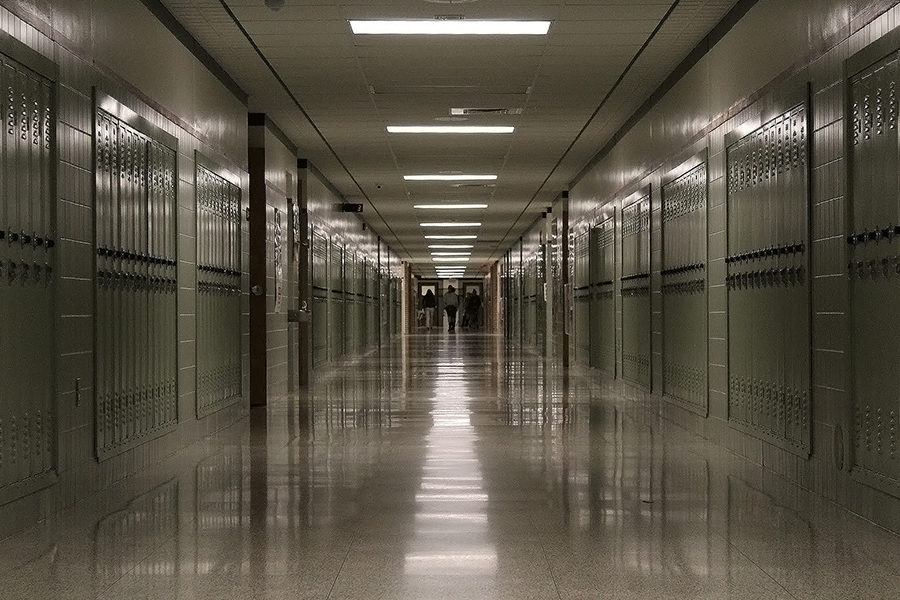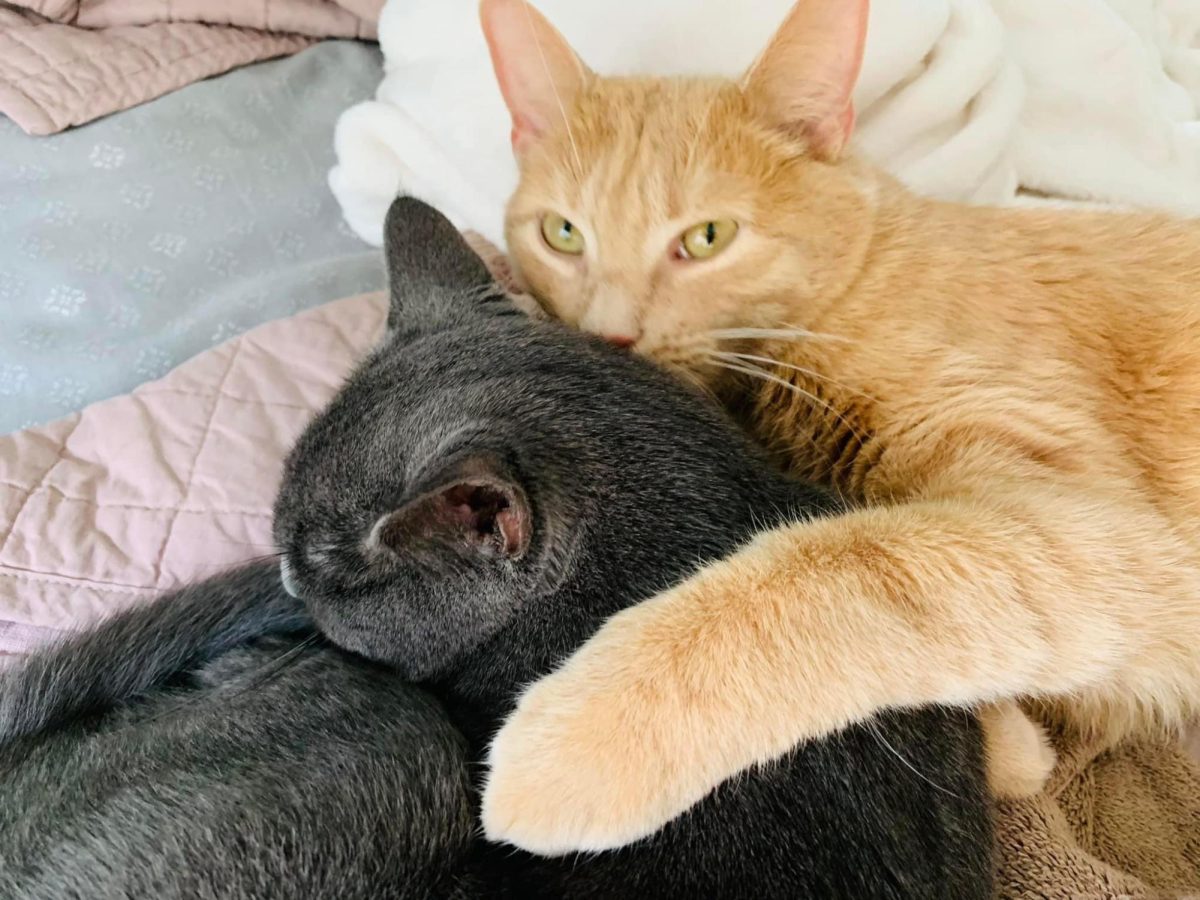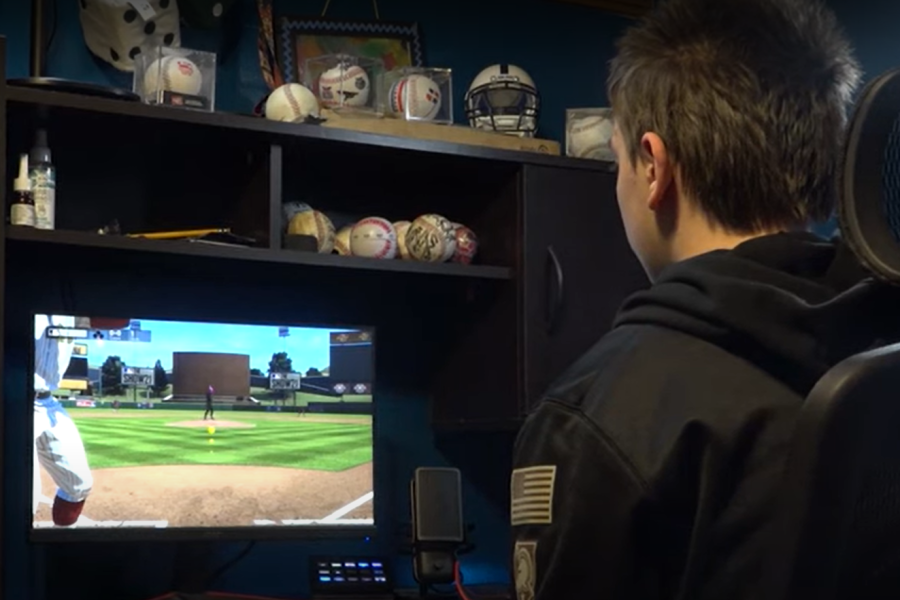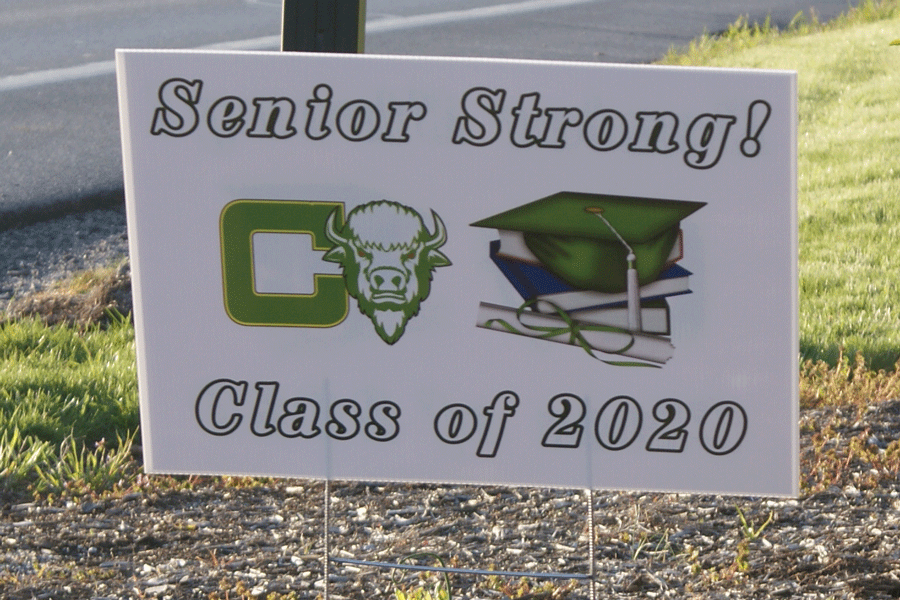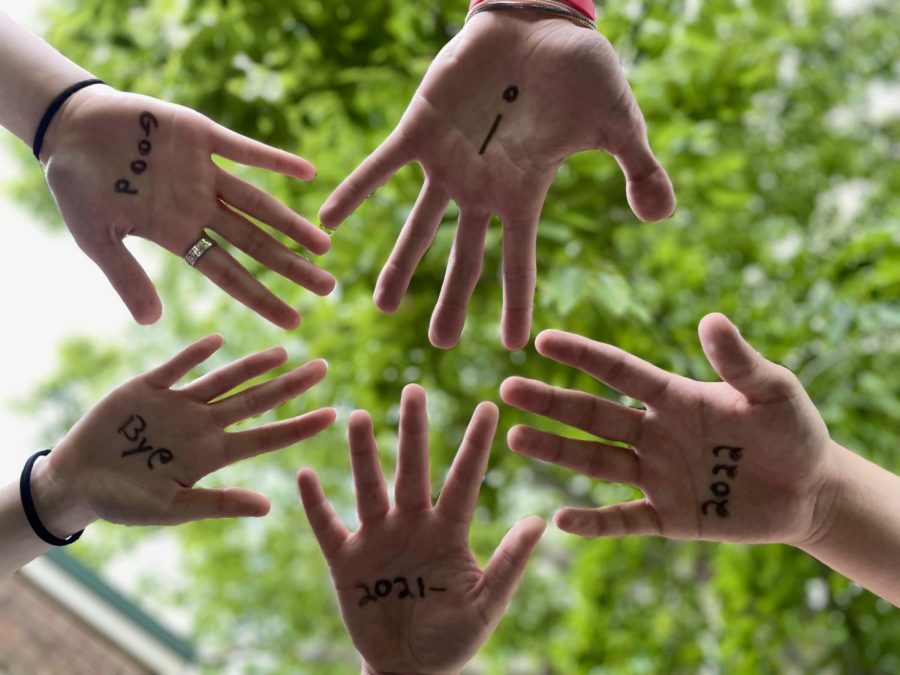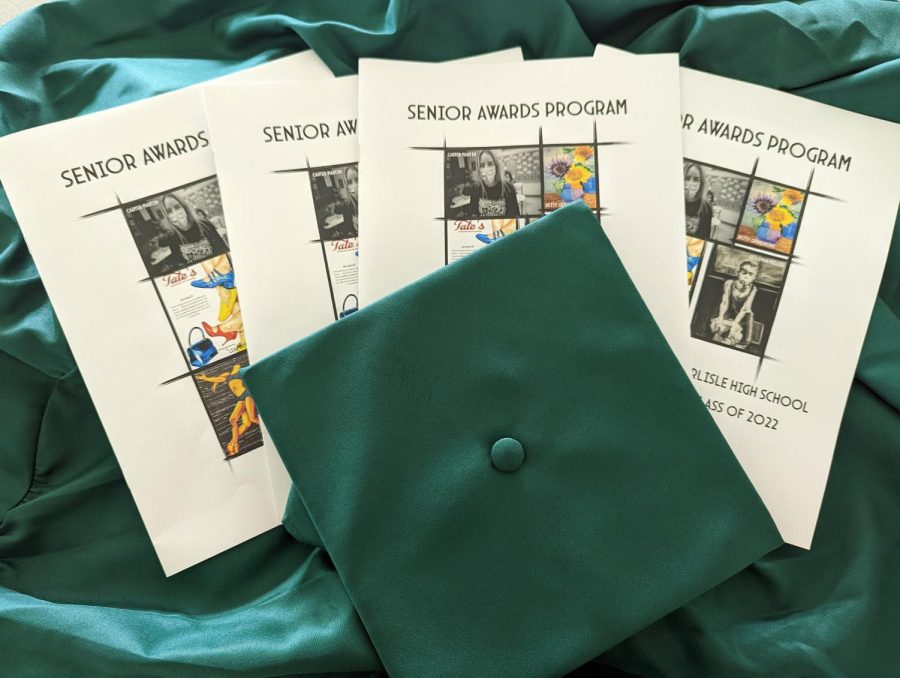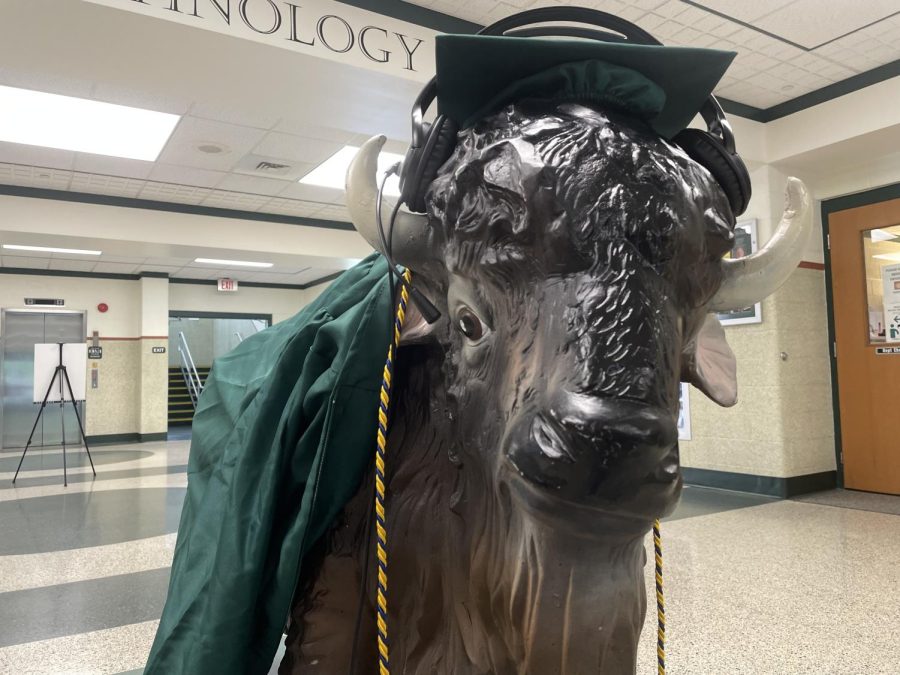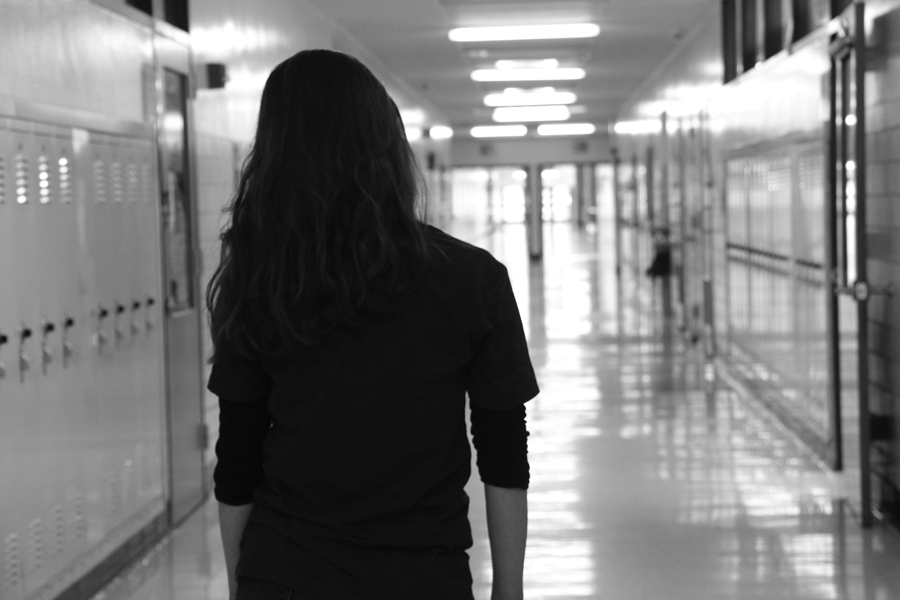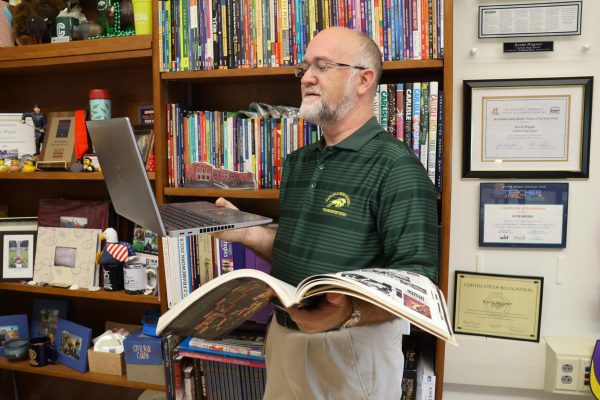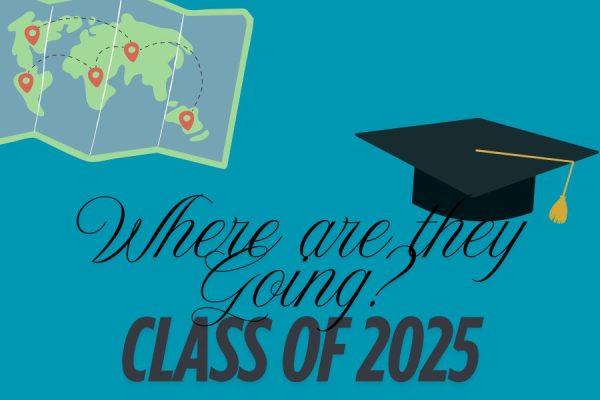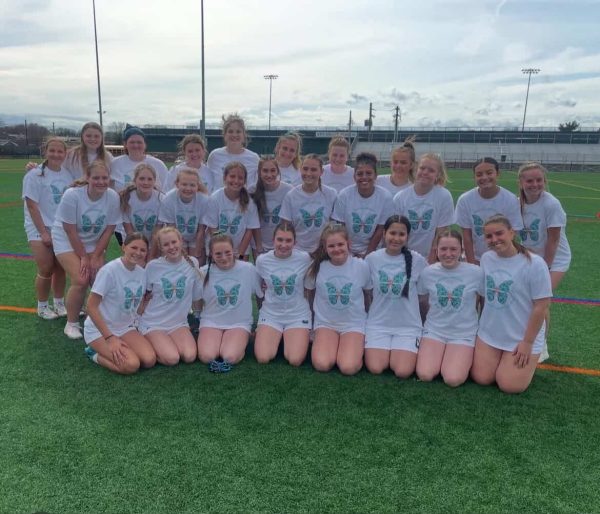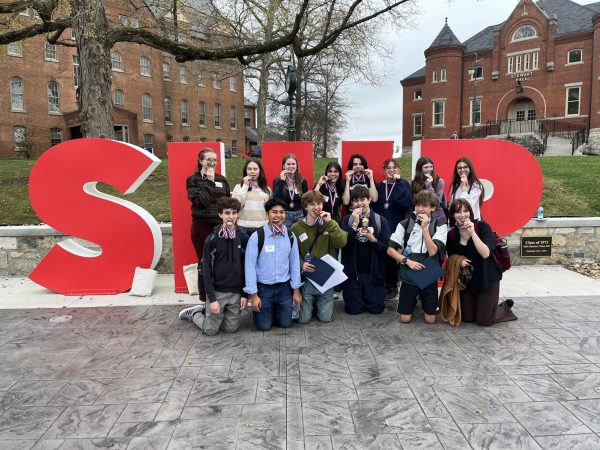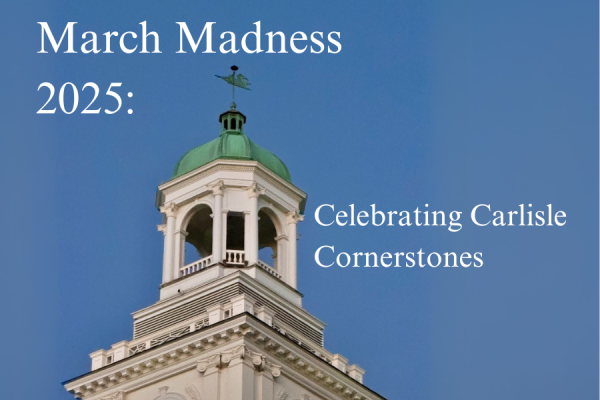Across the spectrum: understanding autism in high school students
Students on the autism spectrum may feel like others in the high school setting do not understand them. Increased awareness of this disorder may help those struggling to make connections with their peers.
Although autism is extremely common among American youth, it often seems as if it is forgotten and misunderstood by the those who do not have autism, or are not related to someone with autism.
According to the Autism Society of America, nearly 1 in 68 children in the United States have some sort of autism spectrum disorder. However, no two autistic people are alike, as autism functions on a “spectrum” that encompasses different behaviors and conditions.
“ASD [Autism Spectrum Disorder] is defined by a certain set of behaviors and is a “spectrum condition” that affects individuals differently and to varying degrees,” said the Autism Society of America’s website.
“There are different levels on the spectrum, and some students need a lot more assistance, some students need a lot less assistance,” said Carlisle High School counselor Johanna Jones. “They’re very unique, very individual, there are a million points on the spectrum, and every student on the spectrum is different, just like every student in the high school is different.”
People with autism often struggle with making eye contact and holding conversations, and many have sensory issues and motor issues. This can cause issues for students at high school, due to high activity that can cause sensory overload.
“If they are at the high school, students typically struggle with social issues and with sensory issues,” said Rebecca Mann, the Vice President of Operations for the Education and Autism divisions of Northwestern Human Services. “Fluorescent lights, sounds of bells ringing, busy hallways with all the extra buzz and people accidentally bumping into people [can all cause problems]. This can be due to [students with autism] being hypersensitive to noise or touch.”
At Carlisle High School, as well as many other schools, there are services available to assist students with autism. One of the most common supports in place for autistic students is an individualized education plan (IEP), which lists in-class services needed by the student in order to succeed in school.
“Some of those students have what is called an individualized education plan if they also have learning disabilities as well,” said Jones. “They may also have an individualized education plan just for the diagnosis of autism. They may not have a learning disability, but they are definitely affected by how things are presented to them in class, or how they may get along in a group, or if they work better individually.”
Even with these supports, however, autistic students often still struggle socially. This is partially due to a culture that has become hostile towards autistic people over the past few years, namely due to the rise of internet culture. KnowYourMeme.com has multiple pages devoted to the use of autism as an insult or slur, while Instagram’s autism hashtag shows photos of real autistic people alongside memes deemed “edgy” or insulting.
However, Mann feels that other students can make autistic students feel more welcome by learning more about the disorder.
“One of the things that is really important is understanding, and having [a] sensitivity to it,” said Mann. When a student is having a conversation with an autistic person, Mann suggests, they should try to understand their perspective. “Take a step back and think ‘Hmmm, maybe this is a different approach.’”
Students can learn more about autism by visiting the website of one of many autism advocacy groups, or of an autism research center.
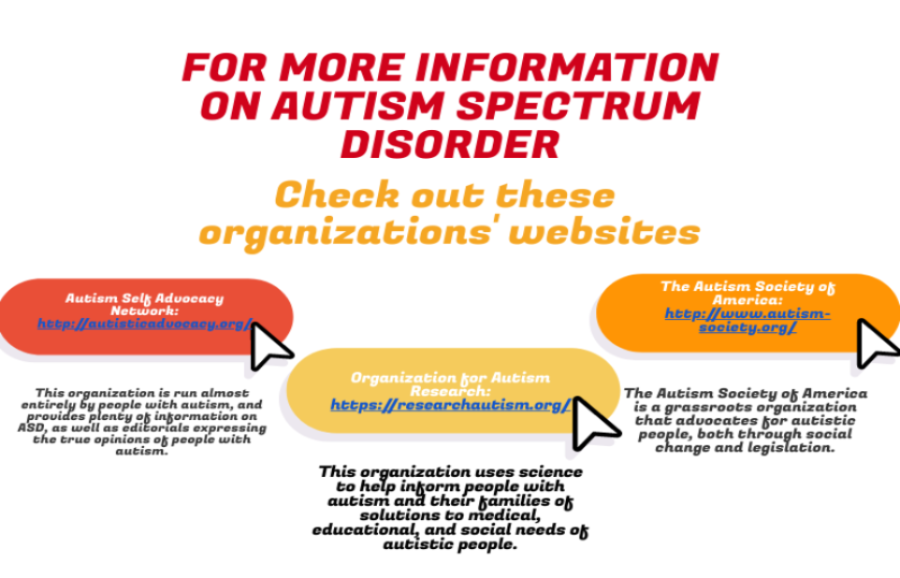
Students can visit these websites for more information on Autism Spectrum Disorder. If students are informed on the disorder and what it is and is not, they will hopefully be better equipped for interactions with autistic students.
This article was first featured in the Spring 2018 magazine.
[analytics-counter]
Want to help the Herd? Please consider supporting the Periscope program. Your donation will support the student journalists of CHS and allow us to purchase equipment, send students to workshops/camps, and cover our annual website hosting costs.
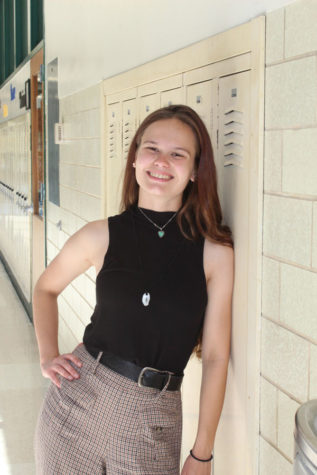
Samantha Martin is super excited to share the role of Editor-in-Chief with Abigail Lindsay during her fourth year on staff! She is also a member of several...
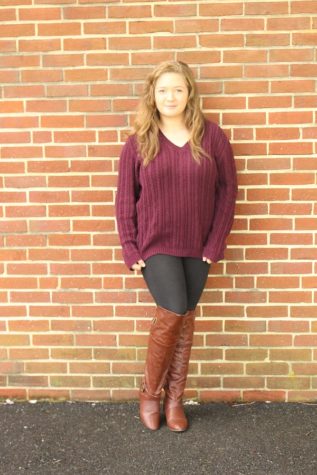
Kenzy is currently a freshman at Carlisle High School. This is her first year on Periscope and she is a photo editor and photographer. While not getting...



